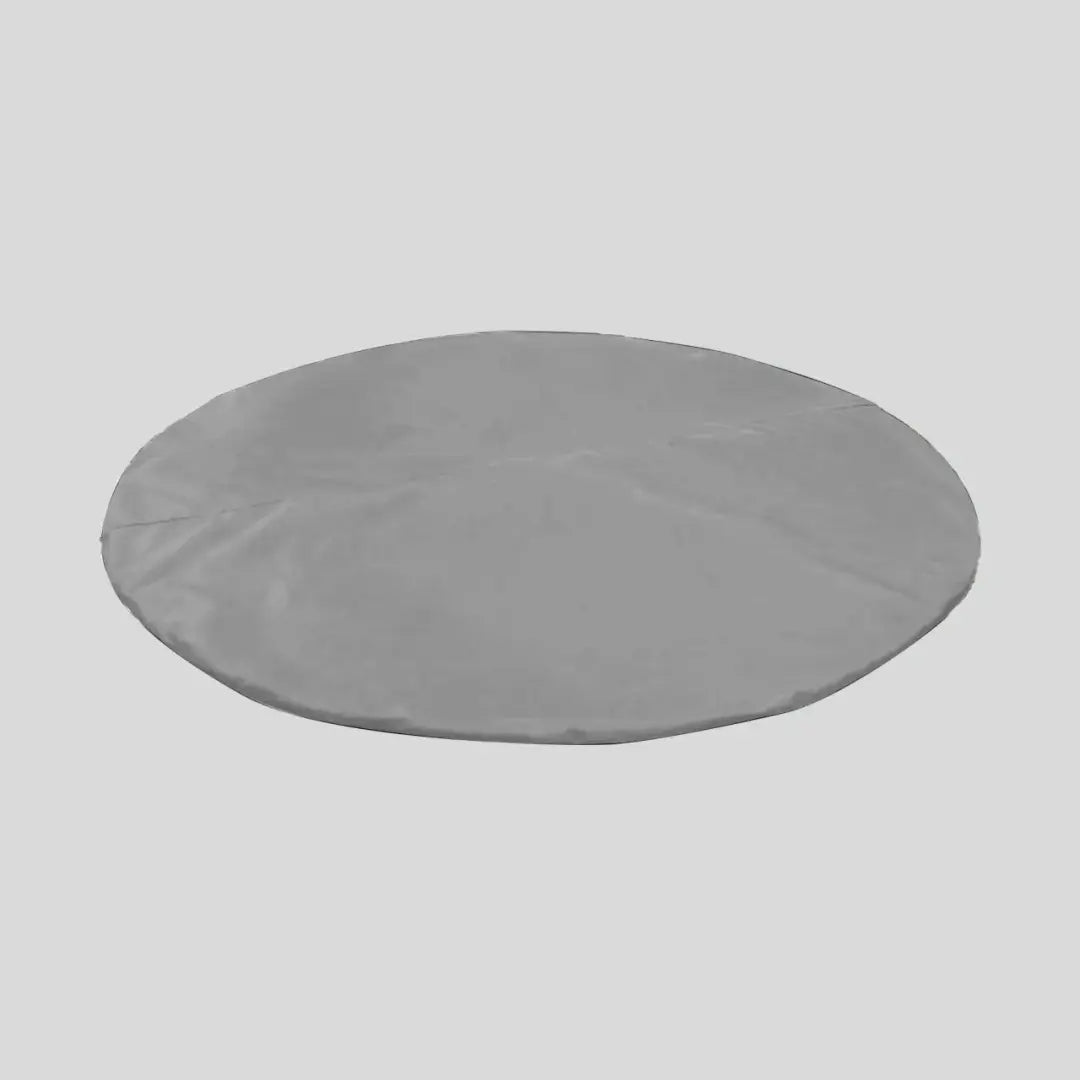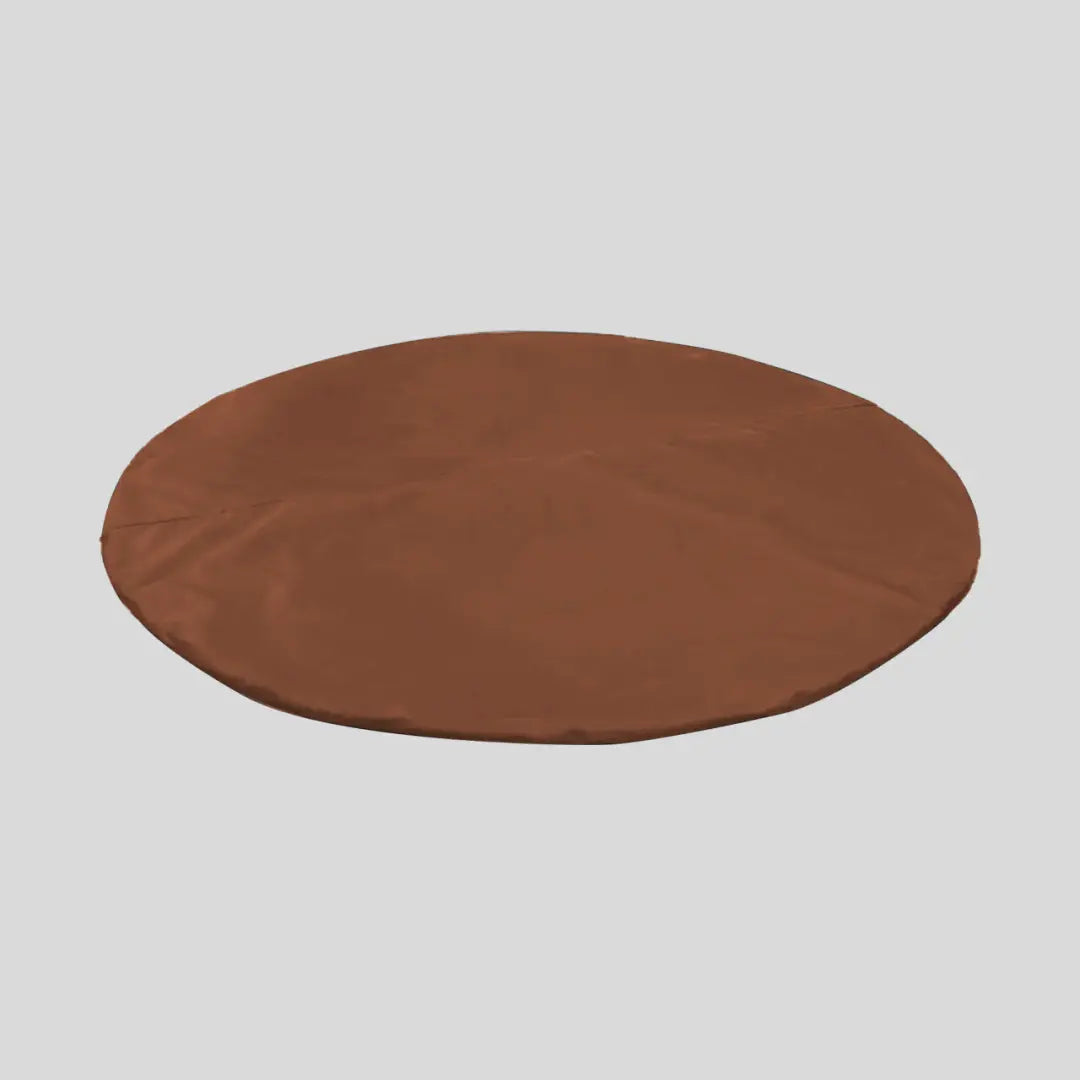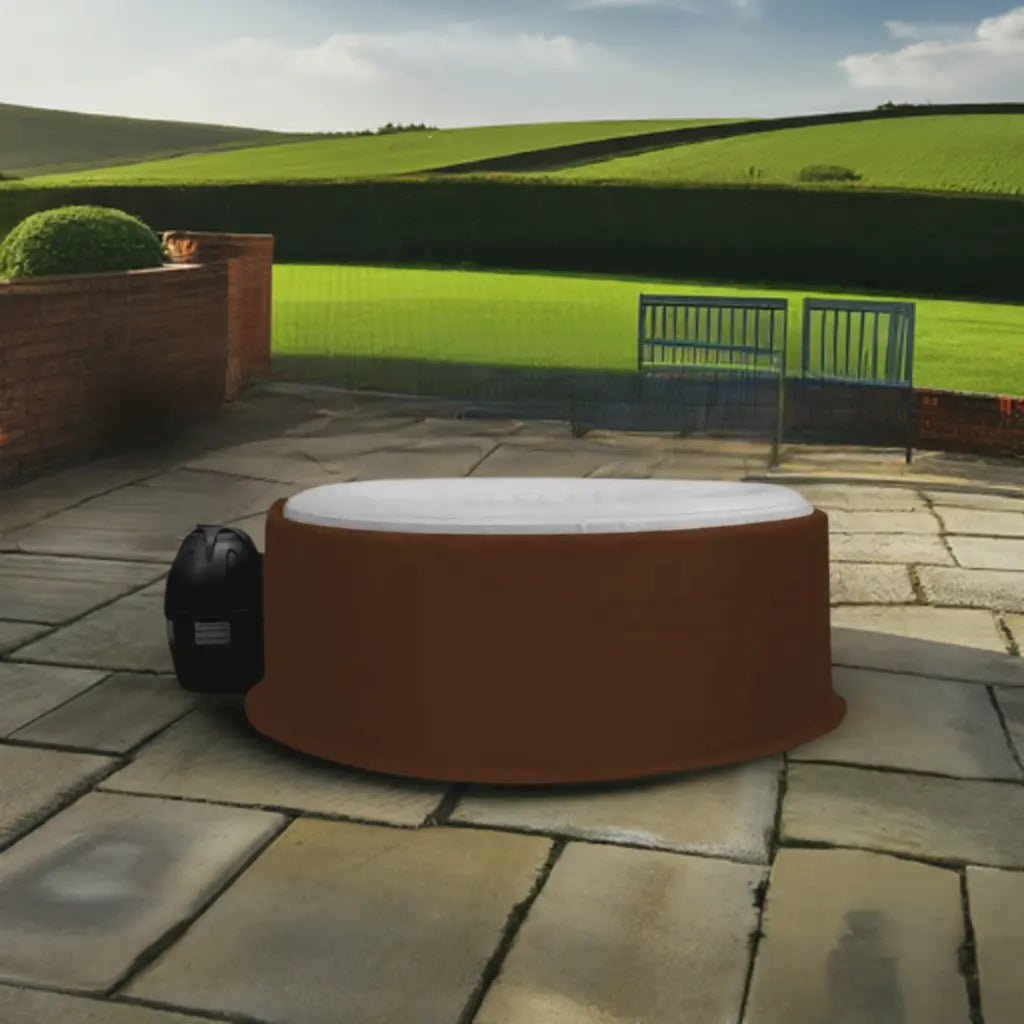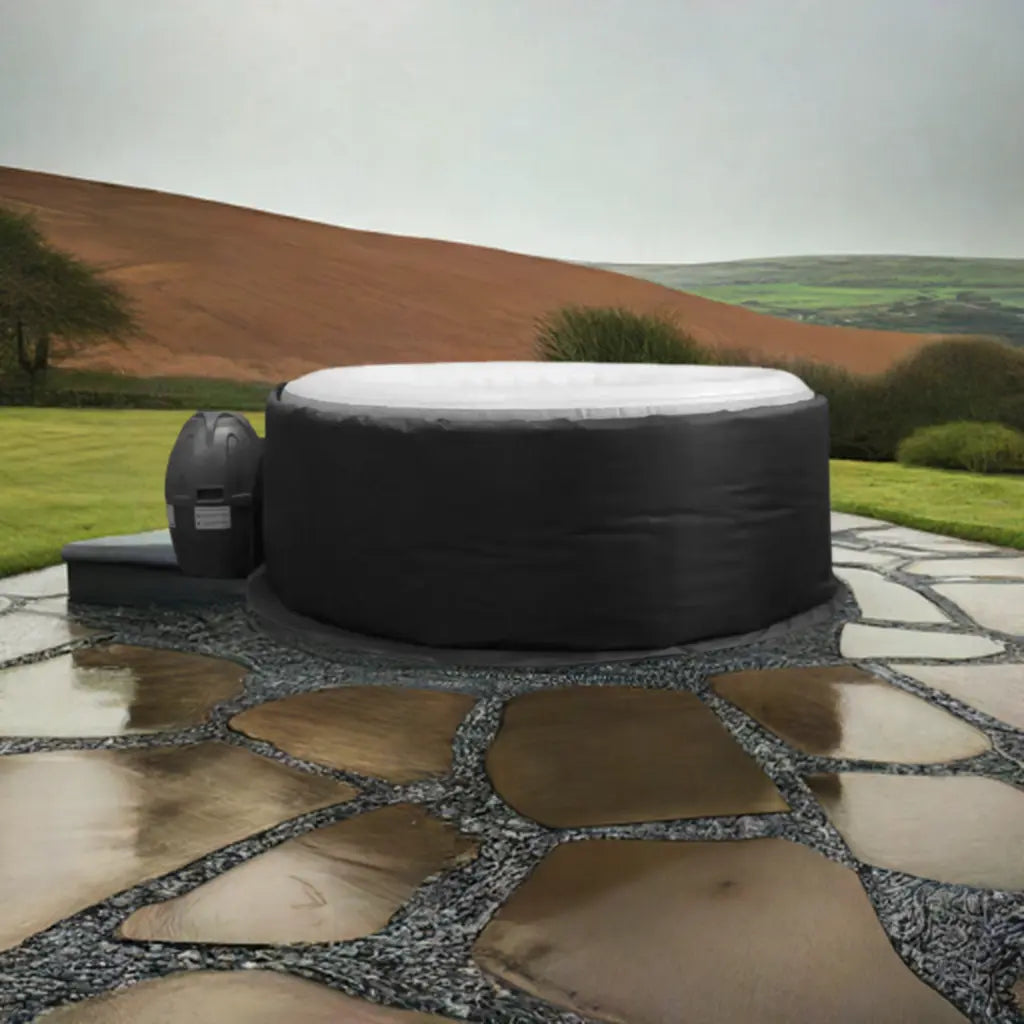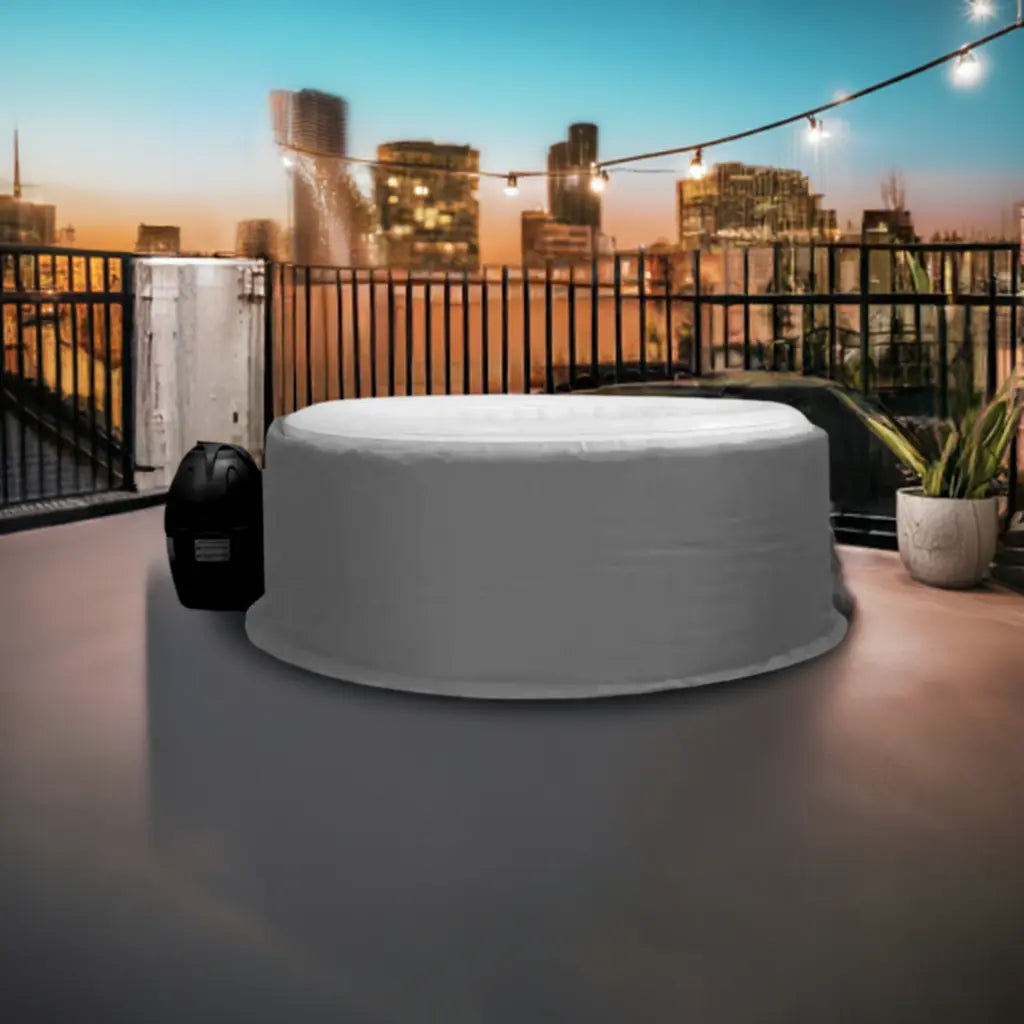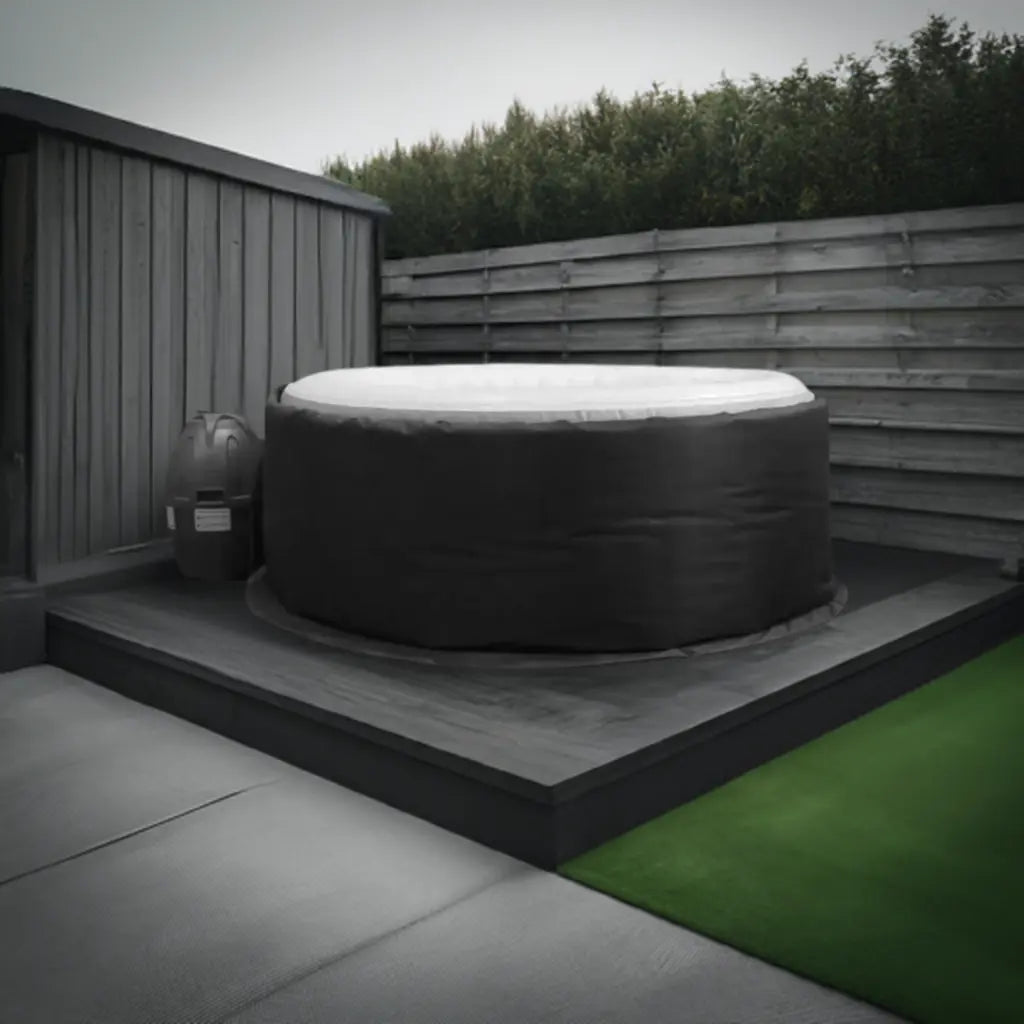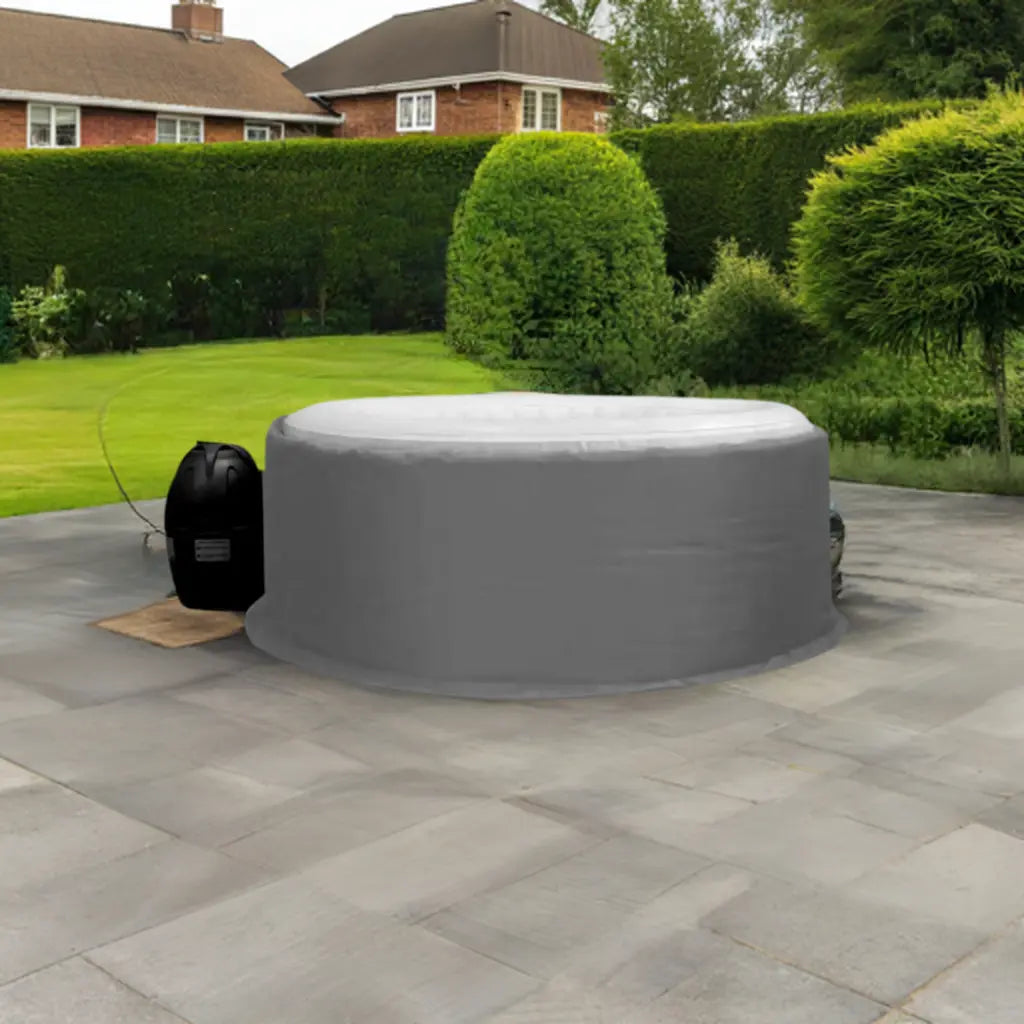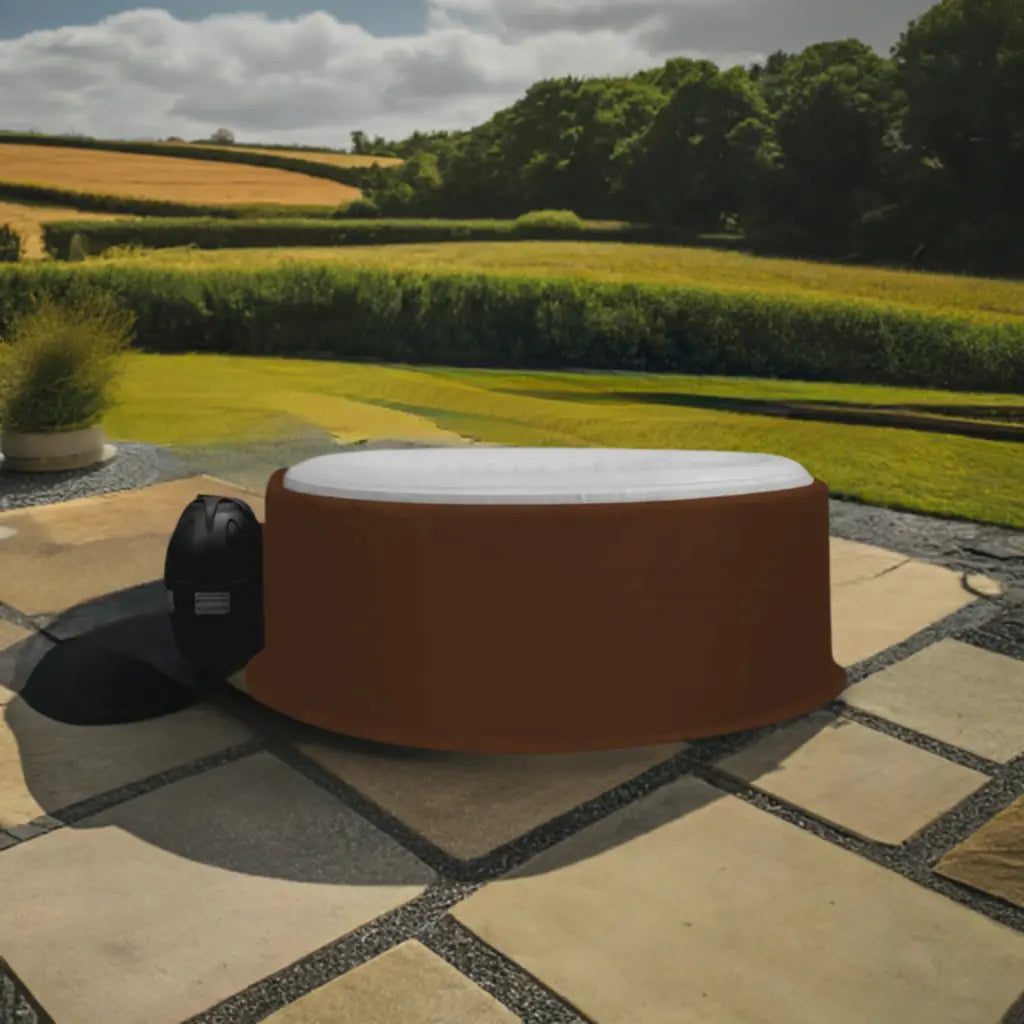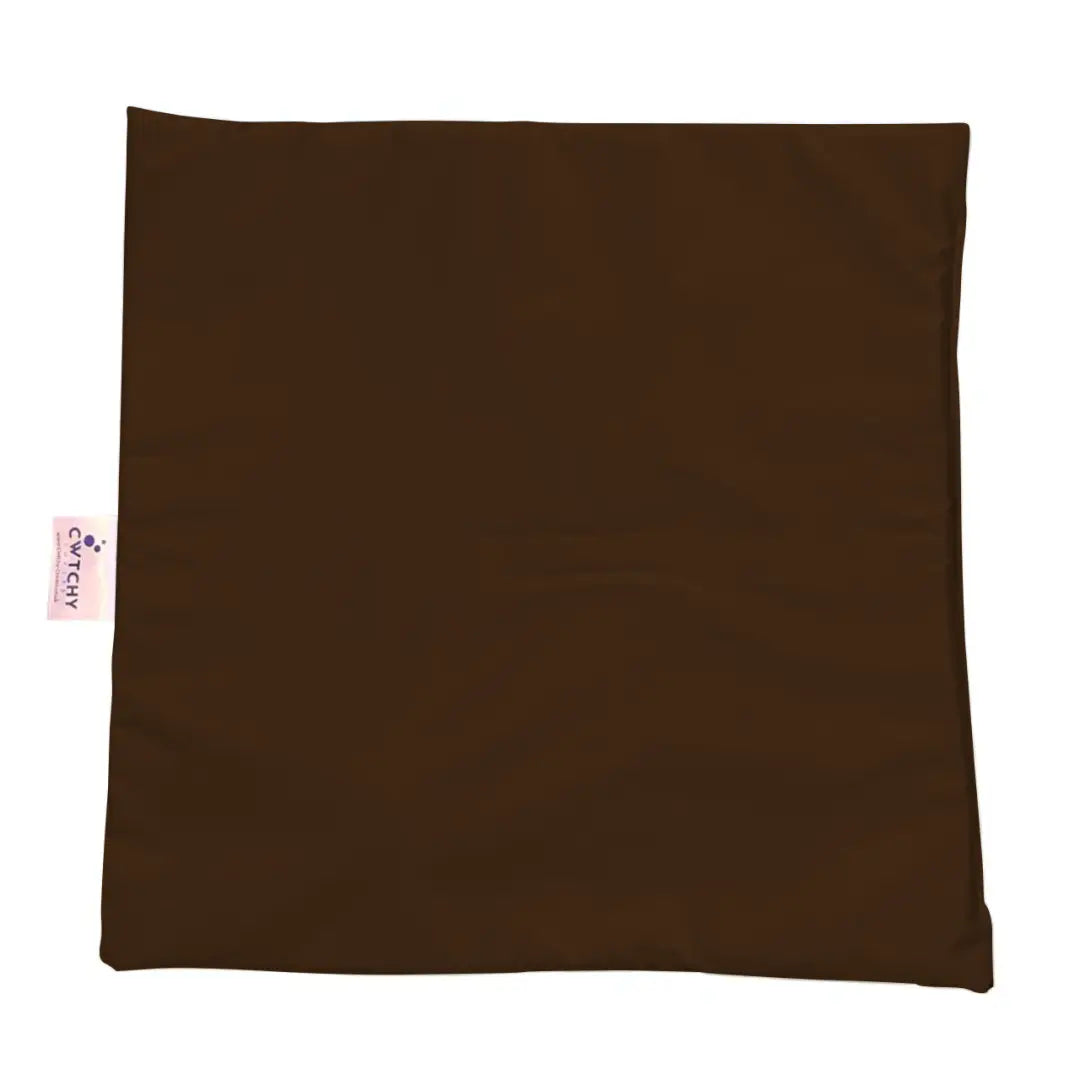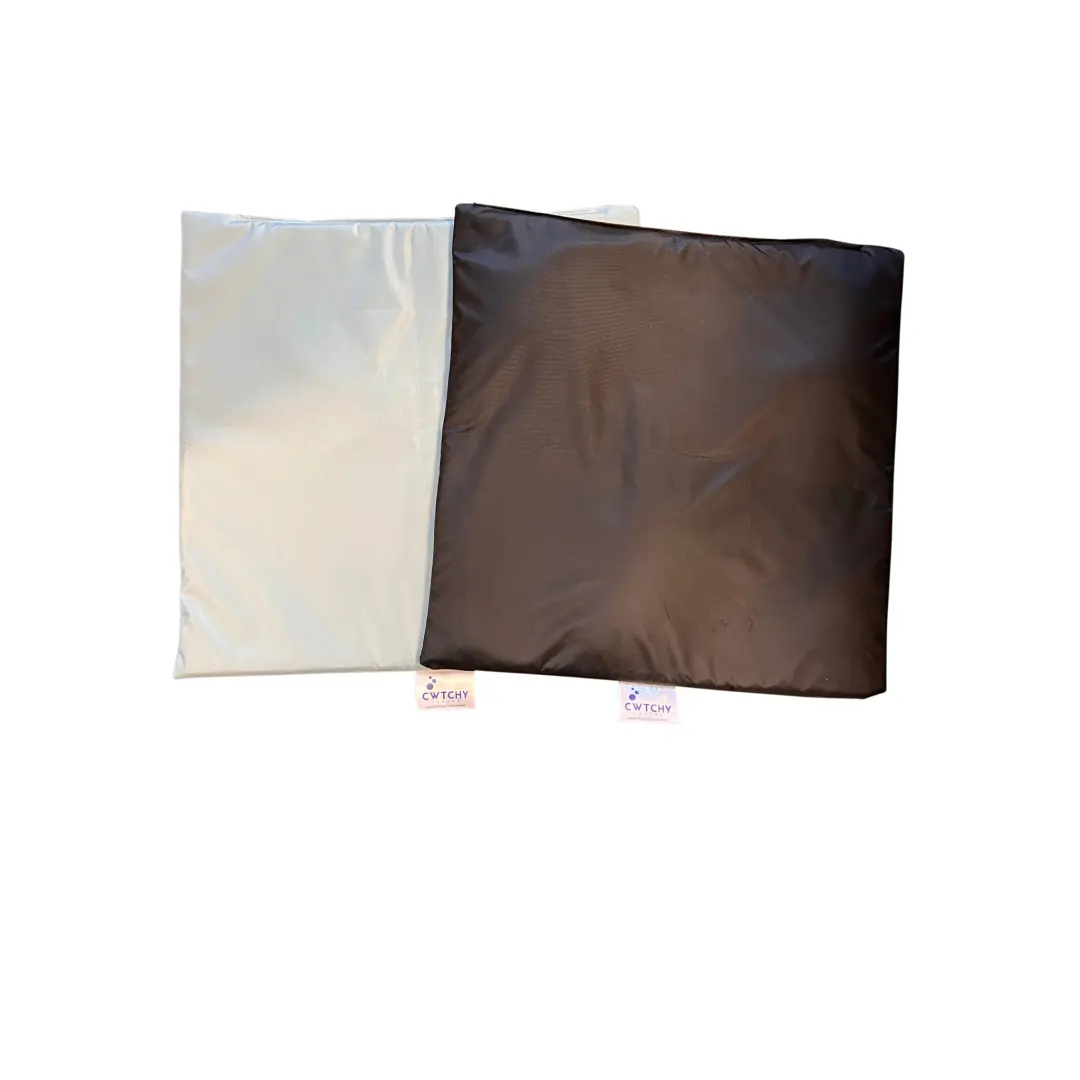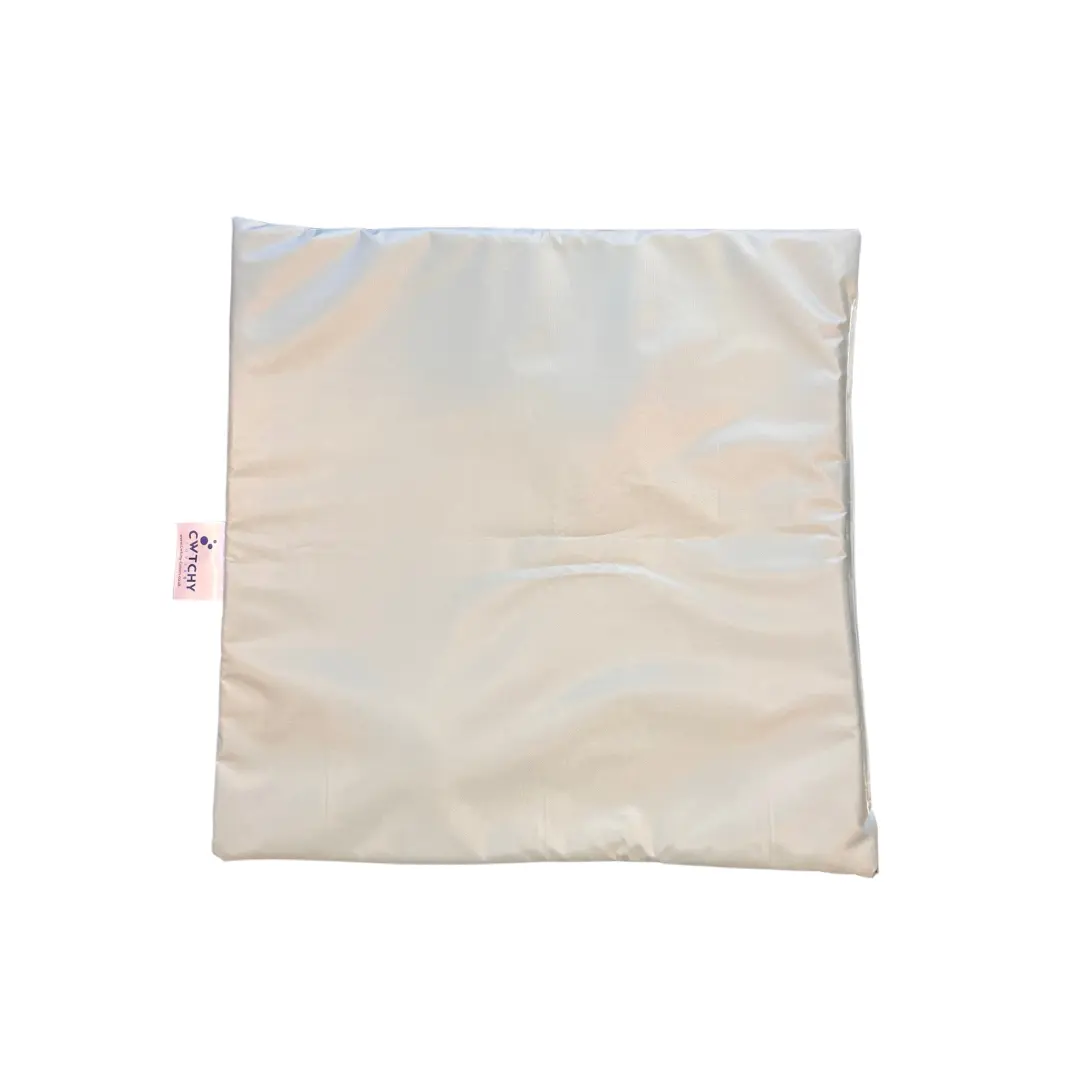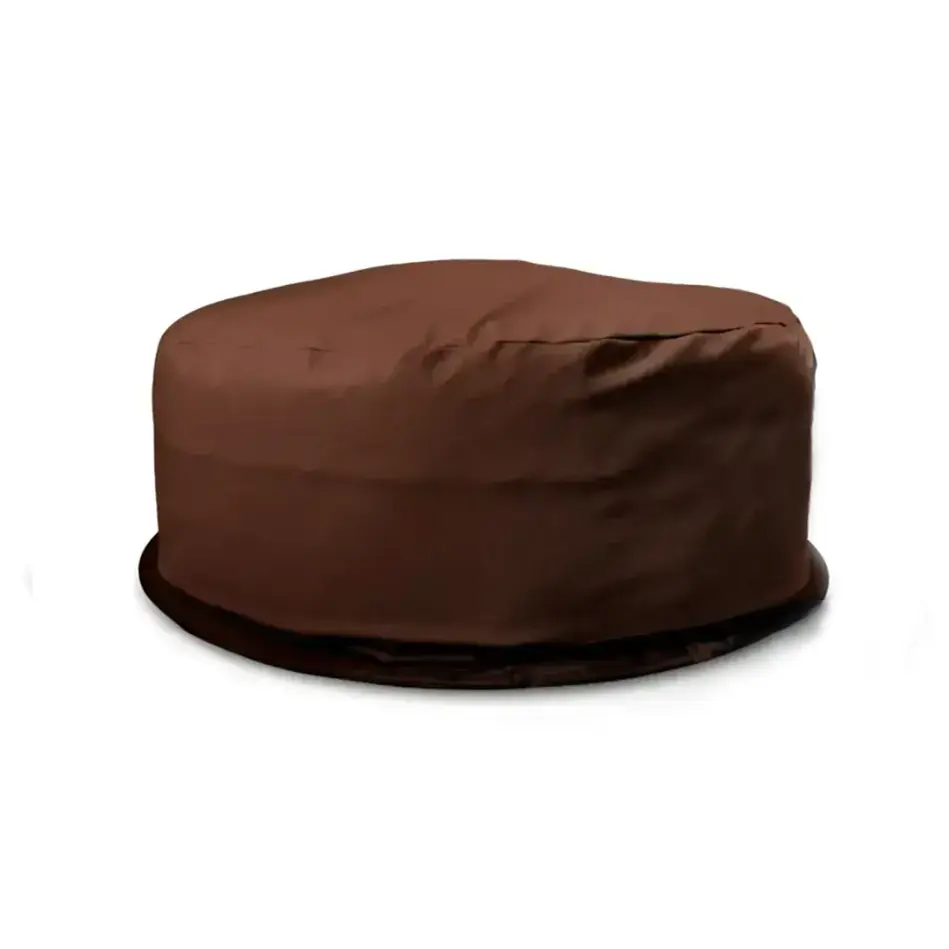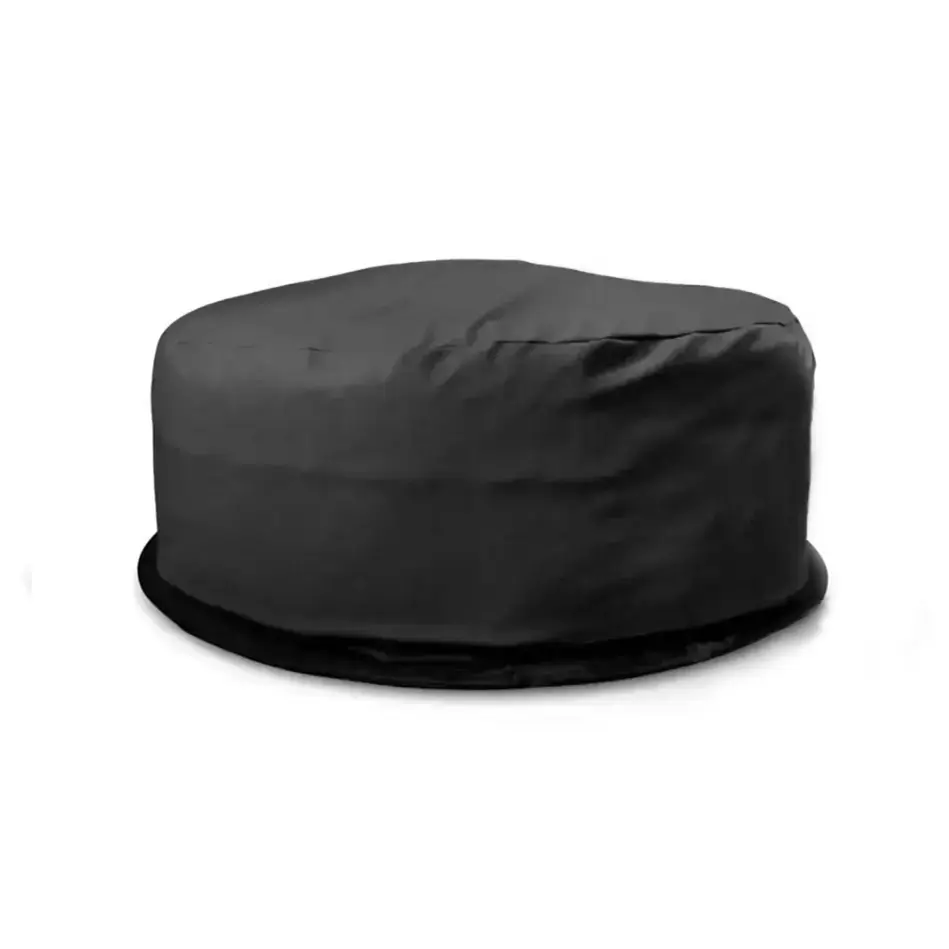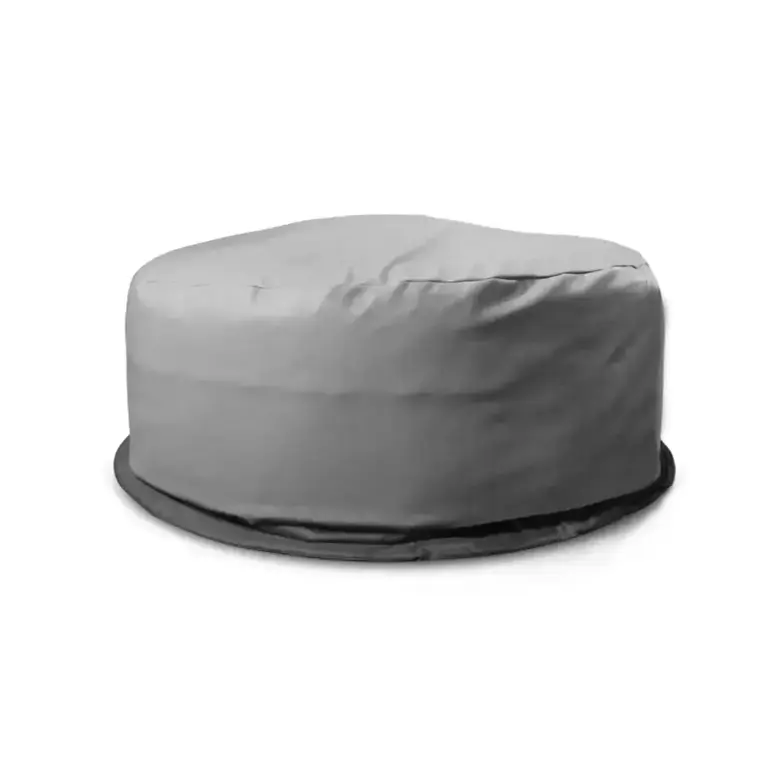In many gardens, the heart of joy is the inflatable hot tub. It offers comfort with relaxing bubbles and warm water. Yet, it also brings a duty to keep the water clean. The best times to change the water are key to keeping the tub enjoyable and long-lasting. Knowing when to change the water is like knowing when to prune roses. This keeps your haven beautiful without neglect. Let's explore how often to change the water to keep your hot tub perfect for soaking.
Key Takeaways
- Understanding the importance of optimum water change frequency ensures a continuously pleasurable hot tub experience.
- Maintaining water quality in hot tubs is paramount to both the health of users and the hot tub itself.
- Familiarity with the factors that affect water quality can guide the schedule of water changes.
- Adhering to a consistent schedule can prevent the buildup of contaminants and enhance the longevity of your inflatable hot tub.
- Prudent hot tub care is a ritual that reaps relaxation rewards.
The Importance of Regular Water Changes in Inflatable Hot Tubs
Looking after a hot tub is like caring for a peaceful garden. Regular care makes for a healthy and joyful environment. Learn why regular water changes are essential to keeping your water clean and clear.
Understanding Water Contaminants and Bacteria Build-Up
When people relax in their inflatable hot tubs, they leave behind sweat, lotions, and oils. If not cleaned properly, these can lead to bacteria buildup in inflatable hot tubs. This makes the hot tub less safe and relaxing.
Recognising When Water Quality Begins to Decline
It's vital to watch for any changes in your water. Murky water or a strange smell means it's time for a regular water change. This helps keep your hot tub welcoming and safe.
How Water Changes Affect Hot Tub Longevity and Enjoyment
Keeping your inflatable hot tub going for years means sticking to a good maintenance plan. Regular water changes fight off dirt and germs. They make sure every soak is as nice as your first.
| Water Quality Indicator | Desirable State | State Indicating Change Needed |
|---|---|---|
| Clarity | Crystal clear | Cloudy or discoloured |
| Odour | Fresh, neutral scent | Musty or chemical smell |
| Texture | Smooth, non-greasy touch | Slippery or sticky feel |
| Chemical Balance | Properly balanced | pH or sanitiser levels off-balance |
Regular water changes play a crucial role in keeping your inflatable hot tub safe and fun for years to come.
Water Change Frequency Inflatable Hot Tubs: Balancing Usage and Maintenance
Finding the right water change frequency for inflatable hot tubs is a mix of fun and care. It keeps the water safe and clean for users. It also helps the hot tub last longer. We'll look at how important it is to find the right balance for inflatable hot tub maintenance.
Key factors influencing the water change frequency include:
- Frequency of hot tub use
- Number of bathers per session
- Efficiency of chemical treatment
Here's a way to figure out how often you should change your hot tub's water:
| Usage Level | Suggested Maintenance Frequency |
|---|---|
| Light (1-2 users, occasional use) | Every 2-3 weeks |
| Moderate (Up to 4 users, regular) | Weekly checks, change monthly |
| Heavy (5+ users, frequent) | 2-3 times a week, change bi-weekly |
Using the right chemicals to clean the hot tub water is crucial. They get rid of germs and dirt. The last part highlights the balance between enjoyment and responsibility. With good care, the water stays fresh and clean. This means you can enjoy your hot tub any time you want.
In short, keeping an eye on how you use your hot tub can really help. It makes maintenance easier. Follow these tips to make every hot tub experience just as good as the first.
How Often to Change Water in Inflatable Hot Tub: Expert Recommendations
Understanding how to look after your inflatable hot tub is crucial for keeping it clean and working well. Experts give advice on when to change the water. But, real life often changes these suggestions.
Manufacturer's Guidelines vs. Real-World Usage
Manufacturers usually say to change the water every 3 to 4 months. This helps stop bacteria from growing and keeps the hot tub working well. But, how much you use the tub and where you live can change this. So, it's important to adapt based on how you use your hot tub and your local environment.
Monitoring Hot Tub Water Conditions and TDS Levels
It's important to regularly check the water to avoid problems. Stagnant water can lead to bacteria. Experts advise not to leave water in a hot tub unused for more than two weeks. However, by keeping an eye on the water quality, you might not need to change it as often. The design of the hot tub also affects this.
It's vital to control Total Dissolved Solids (TDS) levels for clean water. High TDS means too many contaminants, so a water change is needed. Make checking TDS part of your routine to keep the water fresh.
Taking care of your hot tub water needs both expert advice and careful watching. This way, your inflatable hot tub will always be ready for a relaxing dip. Paying attention to these tips ensures a safe and enjoyable hot tub experience.
Inflatable Hot Tub Maintenance Tips for Prolonged Water Clarity
Keeping your inflatable hot tub's water clear is vital. It makes your soak more enjoyable and stops harmful bacteria from growing. Following a good maintenance plan is key to keeping the water in your inflatable hot tub clear.
Practices to Extend the Lifespan of Hot Tub Water
To make your inflatable hot tub water last, it's essential to follow certain steps. It's not just about treating the water. You also need to care for it regularly to stop problems before they start.
- Regularly check and clean the filters to prevent the circulation of debris.
- Implement a consistent water treatment schedule, including balancing pH and using sanitisers.
- Keep the water level topped up to avoid pump strain.
- Cover the hot tub when not in use to reduce contamination and heat loss.
- Engage in weekly shock treatments to eliminate organic waste.
Key Steps for Maintaining Impeccable Water Quality
Following these important steps will help you keep your hot tub's water clean. This ensures a safe and inviting place to relax.
- Test water chemical levels regularly with reliable testing kits.
- Adjust the chemical balance as needed to match recommended levels.
- Empty the hot tub completely for deep cleaning on a recommended schedule.
- Inspect for leaks or damage that can affect water quality.
- Use a water treatment plan suitable for inflatable hot tubs.
| Weekly Task | Benefit |
|---|---|
| Filter Inspection & Cleaning | Prevents circulation of debris and extends filter life |
| Water Chemistry Test | Ensures balanced water is safe for skin and equipment |
| Shock Treatment | Breaks down organic waste, oils, and lotions |
Using these maintenance tips will help keep your inflatable hot tub's water clear. This way, you can enjoy a safe and pleasant soaking experience every time.
Inflatable Hot Tub Water Care: Best Practices for Water Changes
Getting your inflatable hot tub water care right means a better spa experience. Good water quality is key to the tub's and users' health. Let's look at when to change the water and how often you should do it based on how much you use the tub.
Identifying the Indicators for a Water Change
Keeping the water clear and clean is crucial. There are signs to watch for a water change. These include changes in the water's look, smell, and feel. When you notice these, it's time to act to keep your hot tub enjoyable.
- Cloudiness or discoloration in water
- Unusual or strong odours emanating from the water
- A slimy feel on the hot tub surfaces
- Skin irritation or discomfort after using the hot tub
If you see these signs, test the water's chemistry first. Then, you might need to change the water.
Assessing Hot Tub Usage and the Impact on Water Change Frequency
How often you use your hot tub affects how often you need to change the water. Best practices for water changes depend on your usage habits. This helps keep your hot tub in top condition.
| Usage Intensity | Frequency of Water Changes |
|---|---|
| Light Use (1-2 times a week) | Every 2-3 months |
| Moderate Use (3-4 times a week) | Every 4-6 weeks |
| Heavy Use (Daily or nearly daily) | Every 2-3 weeks |
Remember, the table is just a guide. The real schedule can vary. It depends on the tub's size, special features, and the environment around it.
Recommended Water Change Schedule for Inflatable Hot Tubs: A Seasonal Perspective
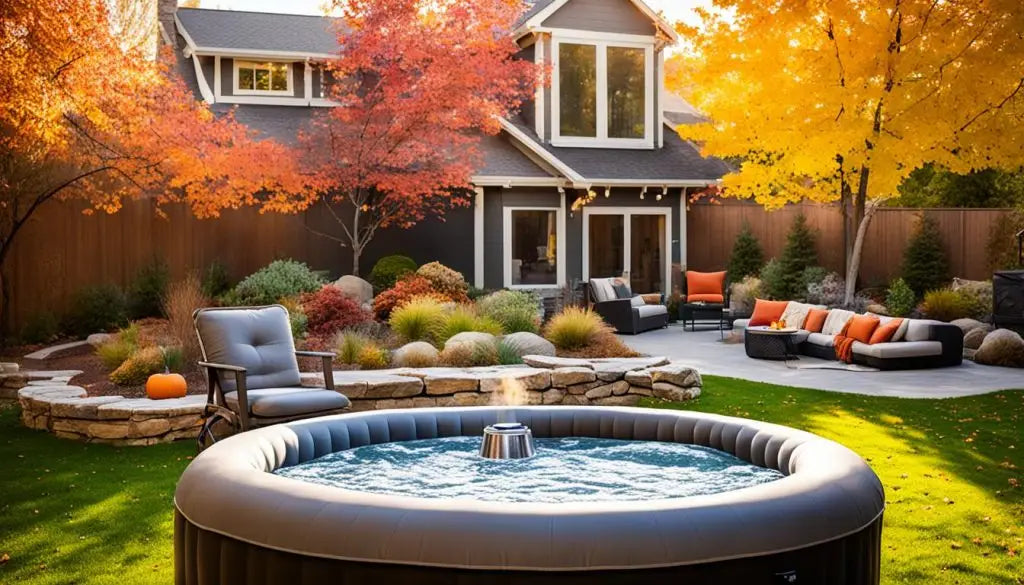
Inflatable hot tubs bring joy and relaxation all year. But, the seasonal water change frequency is crucial for keeping them spotless. As the weather and how much you use it change, so does the need to swap out the water. To keep your inflatable hot tub in top shape all year, we will look at the best care for each season.
-
Spring: Spring means warmer days and more hot tub fun. Start the season with a clean slate by changing the water. Spring showers can bring dirt, so keep an eye on the water's cleanliness.
-
Summer: Summer is the busiest time for your hot tub. With the heat and frequent use, change the water every three to four weeks. This helps stop bacteria from growing and keeps the chemicals balanced.
-
Autumn: When autumn arrives, leaves start to fall. Cover your hot tub to keep it clean. You can wait longer between water changes due to less use and cooler weather. Yet, still, test the water to ensure it's clean.
-
Winter: Using your hot tub in winter? Plan for more regular water changes. Cold weather puts more pressure on heating and filters. Keep checking to know when it's time to change the water.
These tips offer a guide through the seasons. But, adjust the recommended water change schedule as needed. Whether it's a big party or the water seems off, changing the water accordingly keeps your hot tub welcoming and safe all year.
Steps to Perform an Effective Water Change in Your Inflatable Hot Tub
For a great hot tub experience, keeping the water clean is key. Changing the water in your inflatable hot tub involves three steps: draining, cleaning, and refilling. Each step must be done carefully to keep the water clean and your hot tub in good condition.
Draining Your Spa: Safeguarding the Environment
Start by draining the water from your hot tub. Be mindful of the environment when you do this. Follow your area's rules for disposing of water to avoid harming nature. Don't let chemicals get into the environment. A submersible pump can help drain the water safely.
Cleaning and Refilling: Advice for a Fresh Start
After draining, clean the inside of the hot tub. Get rid of any leftover grime or dirt to keep the new water clean. Then, it's time to fill the hot tub again. Using a filter as you fill it will catch tap water impurities, keeping the water clear and easing the load on your hot tub's filter.
Here are the steps to keep your hot tub water perfect:
- Turn off the power and unplug the hot tub.
- Connect a hose to the drain valve to lead water away safely.
- Clean the inside with gentle cleaners made for spas.
- Rinse well so no cleaner residue is left behind.
- Refill with clean water, watching not to overfill.
After refilling, check that the water's chemical levels are right. Adjust the pH, alkalinity, and sanitiser levels as needed. This ensures your hot tub is safe and nice to use.
By following these steps for draining, cleaning, and refilling your hot tub, you help it last longer. You also ensure it's safe for everyone to use. Regular water changes keep your spa experience fresh and reduce environmental harm.
Proper Use of Hot Tub Chemicals: Ensuring Water Safety Between Changes
Maintaining water safety in hot tubs is essential for owners, especially when it comes to proper use of chemicals in inflatable hot tubs. Keeping the water clean requires a balance of chemicals. This protects the equipment and the health of users. Here we explore ways to manage hot tub chemical usage efficiently, ensuring safety and fun between water changes.
Using hot tub chemicals correctly stops harmful bacteria from growing. It's about knowing what chemicals to use and when. This table shows the chemicals needed to keep an inflatable hot tub clean:
| Chemical Type | Function | Usage Guidelines |
|---|---|---|
| Sanitisers (e.g., Chlorine, Bromine) | Kills bacteria and sanitises water | Test water regularly and adjust levels according to manufacturer's instructions |
| pH Balancers | Maintains water acidity/alkalinity at safe levels | Use pH strips to test levels; aim for a range of 7.4 to 7.6 |
| Shock Treatments | Oxidises organic matter and clarifies water | Apply after heavy use or weekly as preventive maintenance |
| Alkalinity Increasers/Reducers | Stabilises pH levels | Adjust based on readings, targeting total alkalinity of 80-120 ppm |
| Calcium Hardness Increasers | Prevents corrosion and scaling from soft water | Add as needed to reach 175-250 ppm for hot tubs, depending on material |
The secret to proper use of chemicals in inflatable hot tubs is regular checks and adjustments. Use test strips or liquid kits often, especially after lots of use or big weather changes. These can affect the water's balance.
Good hot tub chemical usage involves more than just adding chemicals. It's about understanding how they work together and their environment. Keeping an eye on water temperature, how many people use the tub, and outside factors helps ensure a safe and pleasant experience for hot tub users.
Tips for Maintaining Water Quality in Inflatable Hot Tubs Without Frequent Changes
You don't have to change your inflatable hot tub's water all the time to keep it clean. By following some smart steps, you can have a clean soak every time. This guide gives you practical tips for water quality maintenance in inflatable hot tubs. It aims to make water changes less needed while ensuring a safe and fun soaking experience.
To keep water clean without changing it often, just follow a few easy but important steps. Doing so keeps the water at its best.
- Use a robust filtration system to capture debris and keep the water clear
- Implement regular water testing to keep an eye on the chemical balance and adjust as necessary
- Introduce shower-before-use policies to minimise the introduction of contaminants
- Apply appropriate water treatments, like sanitisers and pH balancers, in the recommended amounts
- Keep your hot tub covered when not in use to prevent debris and reduce evaporation
Let's look closely at different ways to keep your hot tub water clean.
| Method | Description | Frequency | Benefits |
|---|---|---|---|
| Robust Filtration | A top filter system removes particles, making the hot tub water clean. | Daily operation with monthly cleaning/replacement | Cuts down contaminants and makes water clear |
| Water Testing Kits | Kits check water's pH, alkalinity, and sanitiser levels. | 2–3 times per week | Keeps water chemistry balanced, crucial for comfort and safety |
| Pre-soak Shower | Users shower before soaking, cutting down sweat, oils, and makeup introduction. | Before each use | Greatly reduces contaminants in the water, protecting its quality |
| Chemical Treatment | Adds sanitisers and balancers as needed to fight bacteria and keep pH balanced. | As per test results and manufacturer instructions | Stops microbes from growing, making the water safe for longer use |
| Hot Tub Cover | A cover keeps out debris, reduces water loss and keeps heat in. | Whenever tub is not in use | Helps keep water clean and warm, extending the time between water changes |
Following these tips for water quality maintenance in inflatable hot tubs helps keep users safe and also saves water. By looking after your hot tub carefully, you make sure everyone can relax safely.
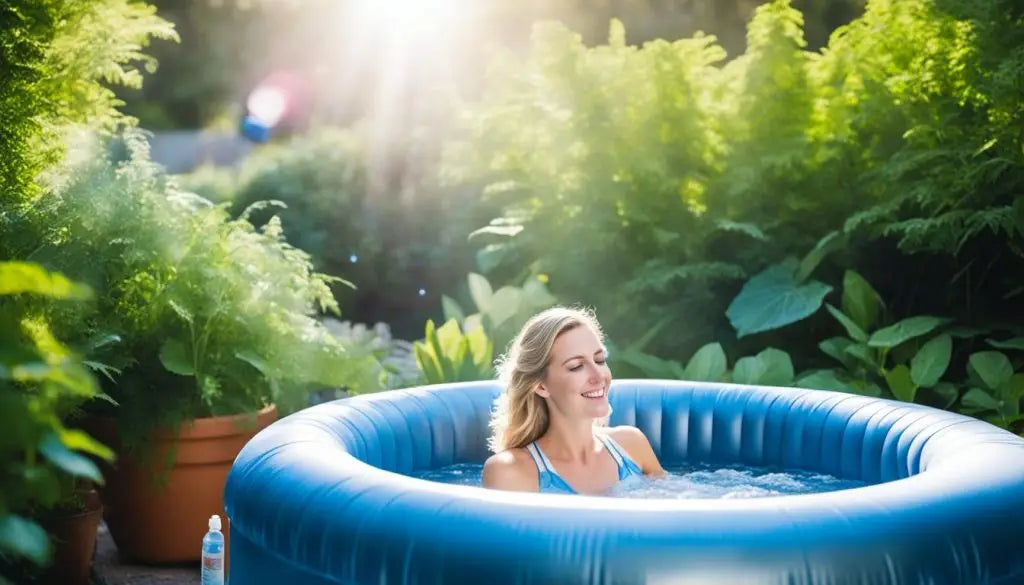
The secret to maintaining water quality without frequent water changes is ongoing care and prevention. These steps lead to a better, greener hot tub use. Enjoy many wonderful moments in clean waters!
How The Right Hot Tub Cover and Insulation Minimise Water Degradation
Keeping hot tub water clean can be tough without the right cover and insulation. A good hot tub cover and proper insulation are key to protecting the water. They keep your hot tub experience fun and clean. Let's look at why these are so important for your hot tub's water quality.
Importance of a Quality Hot Tub Cover
A top-notch hot tub cover stops debris, dust, and other bad stuff from getting in. It protects against animals looking for a warm place too. A strong, well-fitting cover reduces water dirtying and saves you money on upkeep.
Enhancing Heat Retention and Minimising Evaporation
Good insulation works like a thermal blanket for hot tubs. It keeps the heat in, which saves energy and means less reheating. It also stops water from evaporating too fast. This means you don't have to refill or fix the water chemistry as often.
| Protective Measure | Key Benefits | Impact on Water Quality |
|---|---|---|
| Hot Tub Cover | Blocks debris, reduces contamination, deters wildlife | Minimises water degradation, maintains cleanliness |
| Hot Tub Insulation | Improves heat retention, lowers energy consumption | Decreases evaporation, sustains water balance |
In summary, a strong hot tub cover and good insulation are vital for clean water. They help prevent water damage and mould, while keeping heat in. These steps are key for a great hot tub experience at home.
Dealing With Common Inflatable Hot Tub Water Issues
Many hot tub owners face common water issues that spoil the perfect spa time. It's key to know the causes and fixes for murky water and high TDS. These issues can lessen your hot tub's enjoyment and safety. We will discover how to keep your hot tub water clear and welcoming.
Combatting Water Cloudiness and Algae Growth
Water cloudiness comes from tiny particles dodging the filter. It might happen because of outside dirt, body lotions, or not enough sanitizer. Using clarifiers helps by grouping these particles, so the filter can catch them easily. For algae, keep the chlorine or bromine levels right. Adding algaecides is also smart.
High TDS: Recognising and Resolving Excessive Solids in Your Hot Tub Water
High TDS levels aren't always easy to spot, but they can make sanitizers work poorly. This can cause cloudiness or scaling. Check TDS levels with test strips. If they are over 1500 ppm, changing the water might be needed.
| Issue | Causes | Solutions |
|---|---|---|
| Cloudy Water | Particles, lotions, low sanitizer | Clarifiers, filtration, sanitizer levels |
| Algae Growth | Poor water balance, low sanitizer | Algaecides, sanitizing routine |
| High TDS Levels | Dissolved minerals, body oils | Water changes, TDS testing |
Handling hot tub water issues well means taking steps before and after problems show. With the right care, you can keep water cloudiness and high TDS at bay. This helps your inflatable hot tub stay a clean, relaxing place.
Understanding Total Dissolved Solids and Their Effect on Water Change Frequency
When looking after your inflatable hot tub's water, knowing about total dissolved solids (TDS) is key. They include both organic and inorganic materials in water. This involves minerals, salts, and metals, to name a few.
The impact of TDS on how often you change the water is huge. If TDS levels go up, you'll need to pay more attention and might need to change the water more often. High TDS can make cleaning less effective, cause discomfort, and even damage your hot tub.
Keeping TDS levels in hot tub water right is crucial for safe and enjoyable use. TDS should stay below 1500 parts per million (ppm) for the best experience. Water above this level can feel odd, taste or smell bad, and look unappealing.
But, it's vital to know your hot tub's TDS level first. You can use a simple TDS meter for this. It's easy to use. Knowing the TDS level helps you plan how to keep your hot tub in top shape.
Checking and managing the correct TDS level will guide you on when to change the water. This leads to a cleaner, more inviting hot tub. The table below shows how different TDS levels impact this decision:
| TDS Level (ppm) | Recommended Action |
|---|---|
| Under 1000 | Continue regular maintenance |
| 1000-1500 | Monitor closely and consider water change if levels increase |
| Over 1500 | Perform a water change |
Watching the TDS level helps keep your hot tub great for longer and makes each use as good as the first. With the right care and checks, your hot tub maintenance will be spot on. This keeps it ready for hours of relaxation.

Following TDS guidelines helps hot tub owners take good care of their water. Knowing about TDS isn't just for upkeep; it's to protect the perfect hot tub moment.
Signs Your Inflatable Spa Water Change Frequency Needs Adjustment
Keeping your inflatable hot tub in top shape is crucial. Look out for signs that you might need to change the water more or less often. It's important to adjust water change frequency in hot tubs to keep the water clean and safe. If the water looks cloudy or smells odd, it might be time to change it more frequently.
If the surfaces of your hot tub feel slimy, it's a sign algae or bacteria could be growing. This means you need to think about changing the water more often. Also, if you're using your hot tub more, you'll need to change the water more to keep it clean. Getting the balance right not only makes the water clear but also makes sure it's safe and comfy for everyone.
Pay attention to these warning signs to keep your inflatable spa great. If you notice any, change your water change routine without delay. This makes sure your hot tub is always ready for relaxation and fun. Maintaining clean and safe water is key whether you're chilling after a busy day or having friends over for a spa day.
FAQ
Q: What is the optimum water change frequency for inflatable hot tubs?
A: The best time to change water in inflatable hot tubs can depend on many things. These include how much it’s used, how many people use it, and keeping it clean. Usually, it’s a good idea to change the water every 2 to 4 months. However, this can change based on different advice.
Q: Why are regular water changes important in inflatable hot tubs?
A: Changing the water regularly keeps inflatable hot tubs clean and stops harmful stuff from growing. Things like body oils, lotions, and sweat can build up. This buildup can lead to bacteria and algae, which are not good.
Q: How can I balance usage and maintenance to determine the water change frequency in my inflatable hot tub?
A: To find the right balance, consider how often the hot tub is used, how many people use it, and the chemical treatment it gets. This helps make sure the water stays clean and safe.
Q: What are the expert recommendations for how often to change water in an inflatable hot tub?
A: Experts have different views on how often to change the water. The guidelines from makers are helpful, but actual use and water conditions also matter. Watching the water’s condition and testing it helps. It’s usually suggested to change the water every 2 to 4 months.
Q: What are some tips for maintaining water quality in inflatable hot tubs?
A: For good water quality, keep the spa and filter clean. Also, using the right chemicals and testing the water frequently helps. These steps make sure the water stays in good shape between changes.
Q: How can I identify when it is time to change the water in my inflatable hot tub?
A: If the water smells bad or looks cloudy, it might be time for a change. Keeping an eye on how the hot tub is used and testing the water often is helpful. This can show when it's time to change the water.
Q: Is there a recommended water change schedule for inflatable hot tubs based on seasonal variations?
A: Yes, the time of year can affect the water in hot tubs. In warm months, you might need to change the water more because it’s used more. But in cold months, you can change it less since it’s used less.
Q: What are the steps to perform an effective water change in an inflatable hot tub?
A: To change the water well, first drain the spa carefully, thinking about the environment. Then clean and refill it correctly. This ensures the water starts fresh and clean.
Q: How should I use hot tub chemicals to ensure water safety between water changes?
A: Using sanitizers and balancing the pH with chemicals is vital for safe water. Always follow what the maker says and test the water often. This keeps the chemical balance right.
Q: Are there any tips for maintaining water quality in inflatable hot tubs without the need for frequent water changes?
A: To keep the water clear longer, use filtration, test the water often, and keep chemicals balanced. Doing this can help the water stay clean longer, so you don’t have to change it as much.
Q: How does the right hot tub cover and insulation minimize water degradation in inflatable hot tubs?
A: A good cover stops dirt and stuff from getting into the water. Insulation keeps the heat in and cuts down on water loss. Both help keep the water better for longer, meaning less changing.
Q: How can I deal with common water issues in inflatable hot tubs?
A: For issues like cloudy water or algae, using clarifiers and algaecides works well. If Total Dissolved Solids (TDS) are high, it's key to fix this to keep the water clear.
Q: What is the role of Total Dissolved Solids (TDS) in hot tub water quality and water change frequency?
A: TDS levels can tell you a lot about water quality. Knowing about TDS and its effects is important. It’s often advised to check TDS levels and change the water if it gets too high.
Q: How can I recognize when the water change frequency in my inflatable hot tub needs adjustment?
A: If the water starts smelling or looks cloudy, it may be time to change how often you change it. Watching how the tub is used and testing the water can show when changes are needed.










